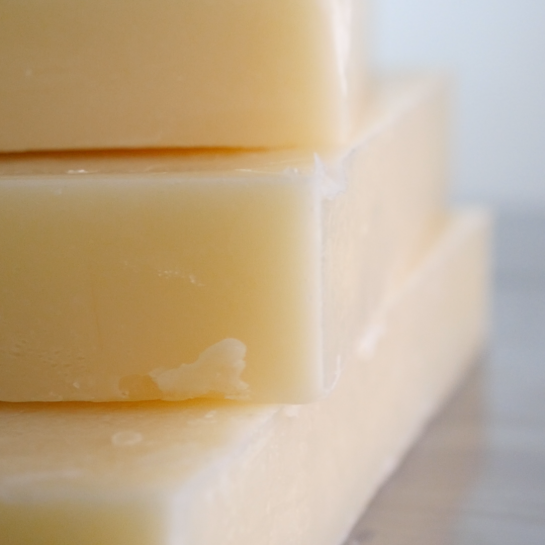Yesterday I shot the Wilton BPCR Silhouette match with my '03 Spfld and my ooey-gooey Paul Matthews lube. I recently picked up a Lyman 48m rear sight for the rifle and wanted to shoot the event with iron sights. I also decided to shoot it offhand to boot. Quite a few guys are shooting that match offhand now.
I shot a 7 out of 40. Sounds dismal, but for an offhand score, I'm pretty pleased with the results. I hit 2 chickens at 200, 2 pigs at 300, 1 skinny turkey at 400 and 2 rams at 500. Given that the ram is roughly 2.5 minutes high in the body and 5 minutes high from tip of horn to bottom of foot and about 6.5 minutes wide from his butt to the tip of his nose, I'm rather tickled that I hit the ram twice offhand. With the exception of a few mirage driven flyers, I did a great job of outlining every damn target with bullets, none of which make and X on the scoresheet.
Mirage yesterday was some of the worst I'd seen at Wilton. Range is sand. Sky was blue. There was a slight breeze that would change on a regular basis. Mirage would go from light to moderate to heavy, L-R then suddenly change to R-L then boil then L-R, etc. When I was spotting I sounded like a sailor looking thru a periscope as a sub prepared to fire a torpedo in a WWII movie. We used Kentucky windage to counter the mirage or waited for the right condition before we'd break the shot. My one partner that shot prone did pretty well with is .40-65 Browning BPCR and BP. We actually had 2 shooters on our team because of an odd count of shooters, so I spotted for two at the same time. The other shooter is a nice guy, but a total newbie to this stuff. He's drinking thru the firehose during a shoot and does not practice in between matches. We're trying to bring him along, but he's struggling. He shot off the bench and went from two tightly spaced shots to a flyer 3 feet away and so forth. Part of it has to be his ammo. You'd all get a kick out of his ammo. He's shooting a .32-40 based on a Rolling Block with a new Douglas barrel. When it pulls the trigger the gun makes a pop like a CO2 pistol. You can see the round arcing thru the air like an artillery round and there is enough time to each a sandwich while you wait for it to reach the target at 500 yds. I'd love to put it over a chrono. But he's happy with it and he's under the tutelage of a member who is also a local gun shop owner and the smith that built the rifle. The shooter has some issue with his neck so I suspect recoil is an problem for him.
I may try to make a stiffer lube just for the convenience of handling. It was in the 80's on the range and Paul's lube does not melt in the heat. Maybe adding a little paraffin to his lube would stiffen it up enough to fix the gooey fingers problem. I have a design in mind for a heater for my sizer. I just have to make it.


